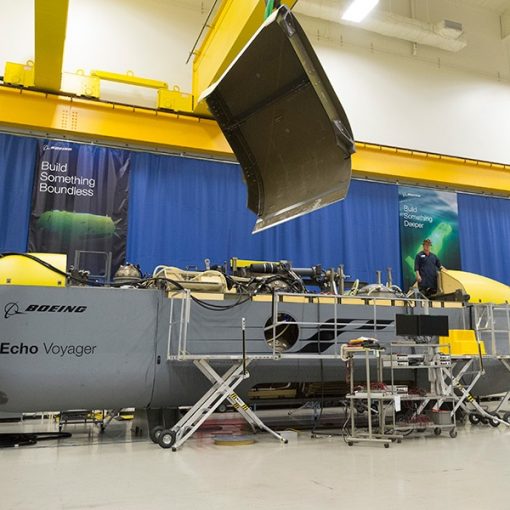By Jeff G. Gilmour, 18 April 2024
Most reconnaissance satellites operate in a low-earth orbit (LEO) at 160-2000k above the earth. However last year China launched the Yaogan-41, which can operate 36000k from the earth. In a geostationary orbit (GEO) it circles the planet slowly to remain above certain strategic areas for a greater amount of time, watching over locations without interruption.
Over the past decade China has increased the number of satellites it has in operation to over 600, most of which are of the LEO variety. These satellites have gaps of less than 30 minutes between images whereas a GEO satellite has no gaps at all.
Clayton Swope, a former CIA analyst, noted when these two satellite systems are in operation, and in concert with artificial intelligence (AI), they could give China the ability “to identify and track car-sized objects throughout the entire Indo-Pacific region.”[1]
This poses a serious challenge to American military planners. As AI technology improves, it gives the People’s Liberation Army (PLA) the ability to locate warships at sea, and bombers at airports, that are beyond coastal radar systems. This would make US carrier groups vulnerable to detection as well as NATO fleets.
Russel Hoole, a Marine Corps intelligence analyst, remarked recently that “America should be under no illusions about the potential for China to detect and locate.” An article entitled “New Eyes in the Sky” published in The Economist in March 2024 states “China in the past invested heavily in counter-space weapons which could blind or destroy the satellites that America’s armed forces depended upon. Now it on a path to recreating America’s vast and sophisticated network of capabilities in the cosmos.”
[1] All quotations are from “New Eyes in the Sky,” The Economist, 9 March 2024, available at PressReader.com - Digital Newspaper & Magazine Subscriptions






4 thoughts on “China’s Military Satellites”
To be honest, most commercial satellites like google earth ones offer enough info for intelligence pictures.
With China now doing this perhaps the west should put one or more up above certain places in China.
What’s acceptable for them must be acceptable for us too.
The west is already surveilling China and has done so for years.
Blair, here is a bit more on your theme, readers can check out the website “Orbiting Now” https://orbit.ing-now.com/ showing 9838 objects. The site gives full details at least on the commerial geo satellites as well as all other types.
Space is not America’s domain and China is a sovereign state so it should be no surprise that they want this capability. If the Americans don’t like it, then develop counters. It’s as simple as that.